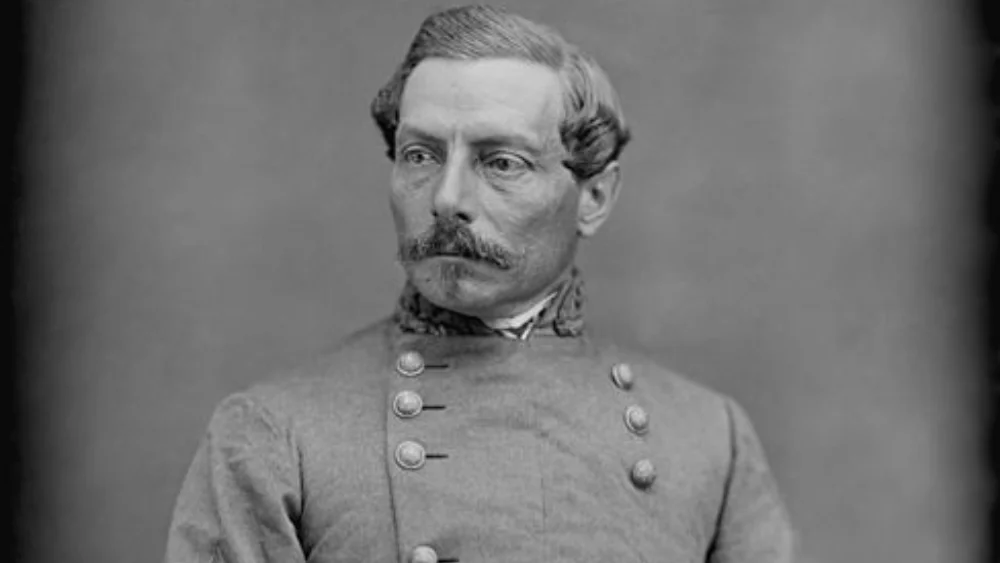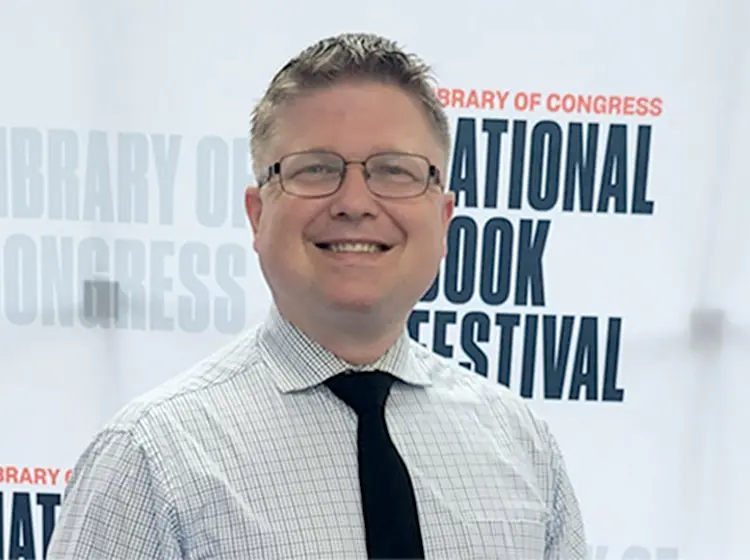The American Civil War’s Confederate General Pierre PGT Beauregard is most remembered for his attack on Fort Sumter, which ignited the conflict. On May 28, 1818, Beauregard was born. His mother was of Spanish-Italian noble origin, while his father was of French-Welsh ancestry. Beauregard spoke French as his first language and did not learn to speak English until he was 12 years old. He received his civil engineering training at the United States Military Academy. Moreover, He constructed and maintained forts and other technical projects between 1848 and 1860.
Beauregard distinguished himself as an engineer officer during the Mexican-American War after receiving military and civil engineering training at West Point, the United States Military Academy. Immediately after serving briefly as the U.S., He graduated from the United States Military Academy in 1861, left the U.S. Army after Louisiana’s secession, and joined the Confederate States Army as its first brigadier general. On April 12, 1861, in Fort Sumter, he was in charge of the fortifications of Charleston, South Carolina. Three months later, he assisted in Virginia’s Manassas region’s First Battle of Bull Run’s victory.
Beauregard and the Black Civil Rights
His strained professional ties with President Jefferson Davis and other important generals and politicians reduced his influence over Confederate policy. Beauregard and General Joseph E. Johnston, who served as his commander, persuaded Davis and the remaining cabinet members that the war should end in April 1865. Major General William Tecumseh Sherman received most of the Confederacy’s surviving forces. It includes Beauregard and his troops due to Johnston’s capitulation. Beauregard served in the military for several years before returning to Louisiana, where he promoted black civil rights, including the ability to vote. He also worked as a railroad executive and made a fortune by promoting the Louisiana Lottery.
Early life of General PGT Beauregard
Beauregard was born to a white Creole family at the “Contreras” plantation in St. Bernard Parish, west of New Orleans. He attended public schools in New Orleans before attending a “French school” in New York City. Then, he received his training at West Point, New York’s United States Military Academy. He received his diploma in 1838 and placed 45th in his class. He was a superb artilleryman and military engineer. Beauregard worked under General Winfield Scott as an engineer during the Mexican-American War. He received his brevets as a captain for the fights of Contreras and Churubusco and as a major once more for the combat of Chapultepec, when he sustained shoulder and thigh injuries.
The former Marie Laure Villeré, a sugar planter’s daughter from Plaquemines Parish of Jules Villeré, was married to Beauregard in 1841. The second governor of Louisiana, Jacques Villeré, had a paternal granddaughter named Marie. René, Henry, and Laure were the three children born into the marriage. Ten years later, Caroline Deslonde, the daughter of André Deslonde, a sugar farmer from St. James Parish, was married to the widower Beauregard. John Slidell, a senator from Louisiana who served as a Confederate ambassador, also had Caroline as his sister-in-law.
In his hometown, Beauregard briefly joined politics but lost the 1858 race for mayor of New Orleans by a razor-thin margin. From 1858 to 1861, he served as New Orleans’ Chief Engineer in charge of drainage and oversaw the construction of the city’s federal customs house. He returned to teaching at West Point, where he advanced to become the Military Academy’s superintendent in January 1861. However, he resigned after five days due to Louisiana’s secession from the Union.
Civil War: Journey of General PGT Beauregard
General PGT Beauregard joined the Confederate Army in March 1861 as a brigadier general. But on July 21, he was elevated to one of the final eight full generals, making him the fifth-most senior general by date of rank. Despite his recommendation to safeguard New Orleans, President Davis disregarded it. This started the tension between Beauregard and Davis, which would worsen as time passed.
After Bull Run, Beauregard pushed for the deployment of a battle banner that was more distinctive than the “Stars and Bars” national flag to minimize visual overlap with the American flag. He collaborated on the design and production of the Confederate Battle Flag alongside Johnston and William Porcher Miles. Throughout his career, he strove to standardize the usage of this flag and contributed to its being the Confederacy’s most well-known emblem.
General Albert Sidney Johnston was slain, and Beauregard was sent to Tennessee and given leadership of the Confederate forces during the Battle of Shiloh. Despite winning the first day of combat, April 6, 1862, Beauregard abruptly ended the assault because he believed the Union forces had been routed.
West Point
Attended the American Military Academy in West Point, New York, where Beauregard was educated. One of his teachers was Robert Anderson, who would go on to command Fort Sumter and surrender to Beauregard at the outbreak of the Civil War. In order to blend in with his peers at West Point, Beauregard eliminated the hyphen. This is from his last name, and he used Toutant as his middle name. He finished second in his class in 1838 and excelled as an artilleryman and military engineer. From then on, he rarely used his first name, preferring “G. T. Beauregard.” He’s “Little Creole,” “Bory,” “Little Frenchman,” “Felix,” and “Little Napoleon” by his army mates.

Legacy of Civil Rights
Beauregard led a conflicted life. Unlike other former Confederates, he did not think back on “the planting South and the ancient regime. Rather, he looked forward to the International House of Louisiana, the industrial district of New Orleans, and a busy delta of a brighter future. When he attended a gathering in Wisconsin, a local writer dubbed him “Sir Galahad of Southern Chivalry.”
At the conference, a Northerner who attended welcomed Beauregard and said that 25 years before, the North “did not feel very kindly toward him, but the past was dead and now they admired him.” In response, Beauregard said, “As for my past life, from the time I entered West Point, a boy of seventeen, up to the present, I have always endeavored to do my duty under all circumstances.”








